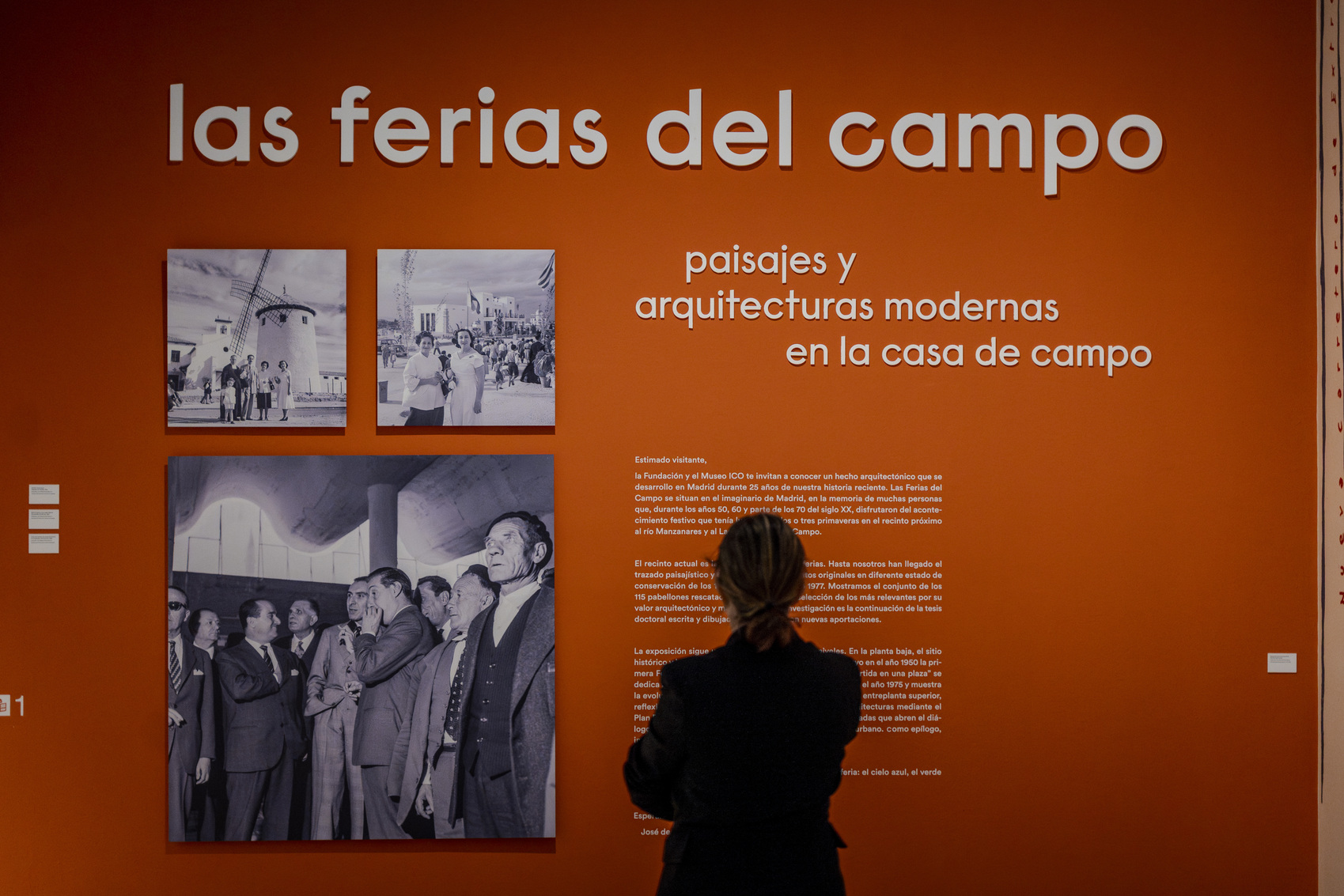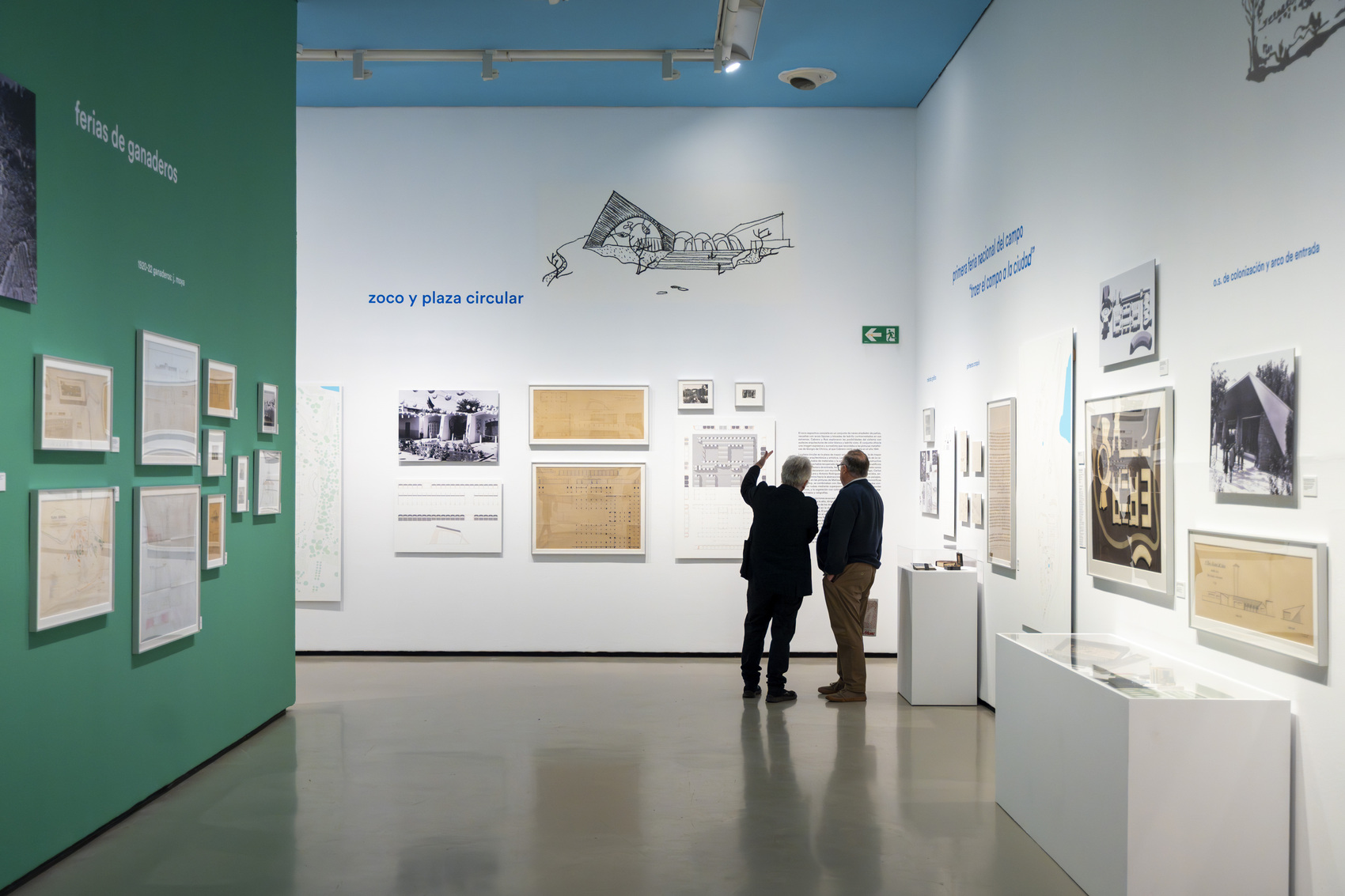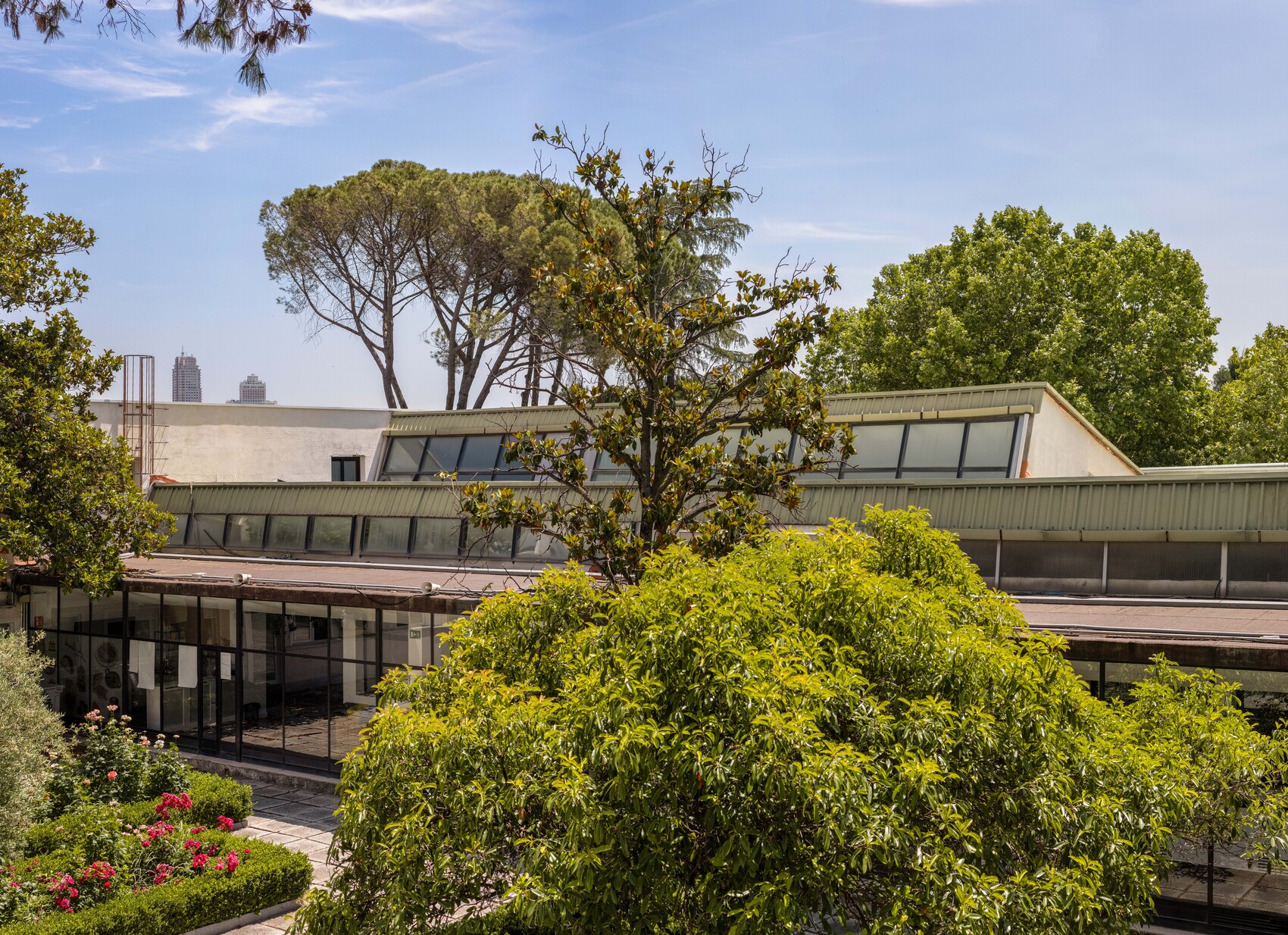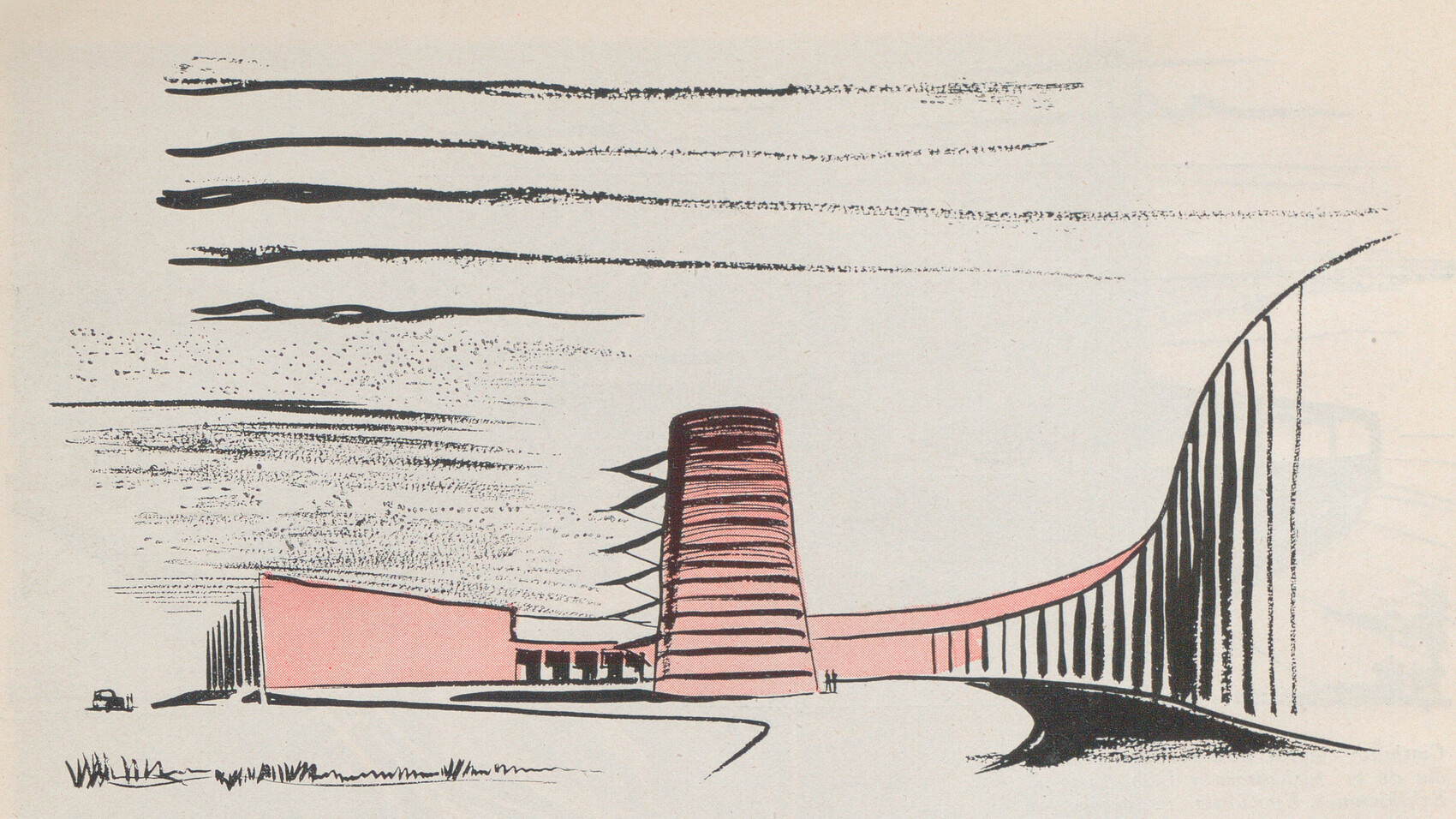The ICO Museum recovers the modern heritage of the Casa de Campo in the exhibition Las Ferias del Campo. Modern landscapes and architecture in the Casa de Campo
This exhibition opens to the public on October 16 and invites visitors to discover the history and transformation process of Madrid's Casa de Campo fairgrounds. It will be open to the public at the ICO Museum until January 11, 2026.

On October 16, the ICO Museum will open its doors to the public for the exhibition Las Ferias del Campo. Paisajes y arquitecturas modernas en la Casa de Campo. Curated by architect and professor José de Coca Leicher, the exhibition highlights the heritage of the modern pavilions built between 1950 and 1975 at the Casa de Campo fairgrounds, based on exhaustive research.
Las Ferias del Campo is based on research documenting 115 pavilions designed over several decades, 61 of which are still preserved on the grounds. With their futuristic forms, these buildings bear witness to the evolution of Spanish society over 25 years of history.
The site was inaugurated in 1950 to host the first National Agricultural Fair. Its original layout included brick arches and vaults, with a modern aesthetic that was radically different from the architectural styles of the time in Spain. Between 1953 and 1975, the site was expanded to host new editions of the International Agricultural Fair, organized by the National Trade Union Delegation, in parallel with the end of autarky. Pavilions designed by young architects were built on this landscaped site, turning the space into a veritable “architectural laboratory.”

The site thus became a space for experimentation for some of the pioneers of modern architecture in Spain, such as Francisco de Asís Cabrero and Jaime Ruiz, who designed the layout and main pavilions of the site, Miguel Fisac, Alejandro de la Sota, José Antonio Corrales, and Ramón Vázquez Molezún, among others. The exhibition also explores the collaboration between architects and artists, who were responsible for the decorative arts in the pavilions, another of the fair’s great attractions. Among them are the painters Carlos Pascual de Lara, Antonio Rodríguez Valdivieso, Antonio Lago Rivera, Amadeo Gabino, Manuel Suárez-Pumariega Molezún, and Jesús de la Sota.
The exhibition brings together more than 300 pieces: photographs, plans, models, unpublished documents, and works of art. It is not limited to a review of the past, but also proposes a dialogue about the present and future of the site. In this sense, it also includes a photographic series by Luis Asín, created specifically for the project and shown in video format, which acts as a visual bridge between historical memory and the current state of the complex.

Through a historical and artistic journey, Las Ferias del Campo invites visitors to rediscover a unique space where architectural innovation, landscape, and collective memory converge. The exhibition highlights the value of these structures: some have been repurposed, while others have fallen into oblivion or disappeared. The project thus opens up new avenues for understanding, preserving, and revitalizing this heritage.
To complement the exhibition, the ICO Foundation, in collaboration with Ediciones Asimétricas, has published a catalog documenting the project through a careful selection of images and specialized texts. In the publication, José de Coca Leicher and eight other leading authors selected by the curator trace the history and analyze the architectural and heritage value of the different spaces within the fairgrounds.
With this exhibition and the publication of the catalog, the ICO Foundation once again demonstrates its desire to raise awareness of the architecture that links us to our history. It does so through rigorous research that sheds light on the past and enriches our interpretation of the present and the future. This line of work has given rise to previous exhibitions such as Imagining the Mediterranean House: Italy and Spain in the 1950s and Colonization Villages: Views of an Invented Landscape.
At the same time, the ICO Museum is launching its public program of activities. With a special focus on accessibility and cultural inclusion, free events aimed at all audiences will be offered throughout the duration of the exhibition.

Since 2012, the ICO Museum has been dedicated to promoting architecture as an artistic and cultural discipline. It is one of the few museums in Spain with an exhibition program devoted to architecture, urban planning, and photography. With the aim of bringing these discourses closer to the public, the Museum organizes educational activities related to its exhibitions for children and young people, as well as guided and accompanied tours for adults. The ICO Museum is deeply committed to defending cultural rights, making its galleries an increasingly inclusive and accessible environment.